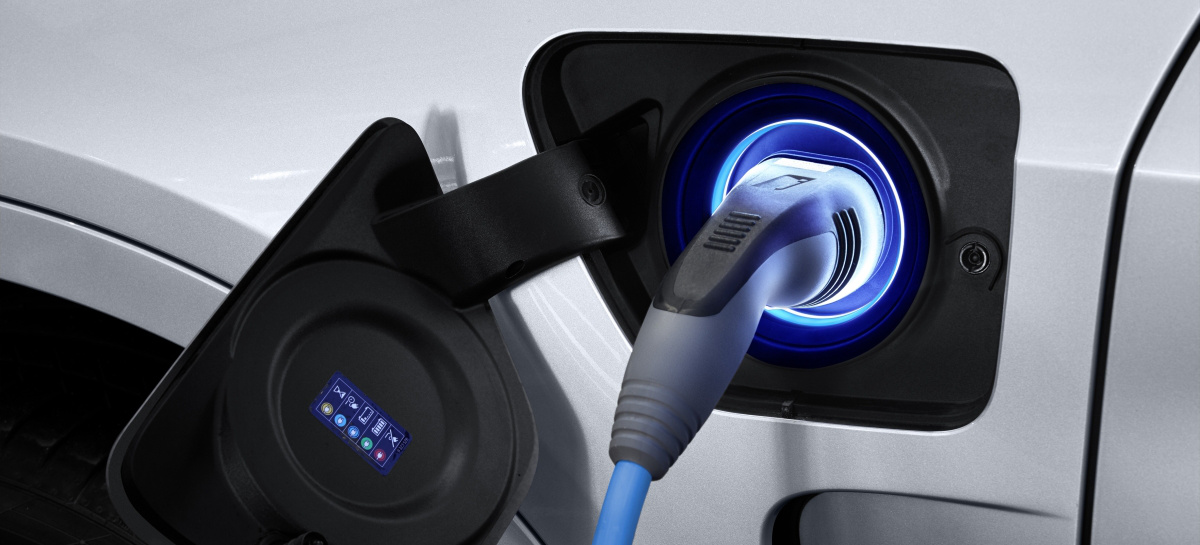

Bass is impactful and deep, which is surprising for a speaker of this sound. Tonally, the JBL Charge 5 sounds balanced at medium to low volume. There’s an additional tweeter in the Charge 5 that helps with overall clarity, and bass is slightly more impactful than the Charge 4, too. Overall, the sound quality of the JBL Charge 5 hasn’t changed much from the Charge 4. If you’re pushing the speaker at higher volumes or are using it as a battery bank to top off your phone, expect that number to drop. In terms of battery life, the JBL Charge 5, like the Charge 4, is rated for 20 hours of playback, which we had no problem reaching while playing at 50% volume. JBL offers a nice mobile app that allows you to customize its speakers and to download software updates, though it's worth noting that firmware updates can take upwards of 15 minutes. It’s also nice to get true stereo playback out of a pair of speakers. The feature is great if you want to play music across a large area where multiple speakers can help amplify sound.
JBL CHARGE 4 INSIDE PORTABLE
However, like other JBL portable speakers, the Charge 5 features the “PartyBoost” mode, which allows users to pair a second JBL speaker to either amplify music or use as a stereo pair.


In terms of technical specs, the Charge 5 includes Bluetooth 5.1, a 7500 mAh battery capacity, and a frequency response rated 65 Hz - 20k Hz. We preferred the stability of the Charge 4’s square design to allow for easier vertical placement. This difference isn’t a big deal until you want to set the speaker up vertically, allowing the speaker to look like the Leaning Tower of Pisa. One subtle change is that the JBL Charge 5 is shaped like a trapezoid with the sides tilting inward.
JBL CHARGE 4 INSIDE DRIVERS
The drivers are protected by a lip around the speaker, but you’ll still be able to touch the drivers without damaging them. The Charge 5 retains the exposed bass drivers on the left and right of the speaker, which lets you see the woofers moving in and out.


 0 kommentar(er)
0 kommentar(er)
